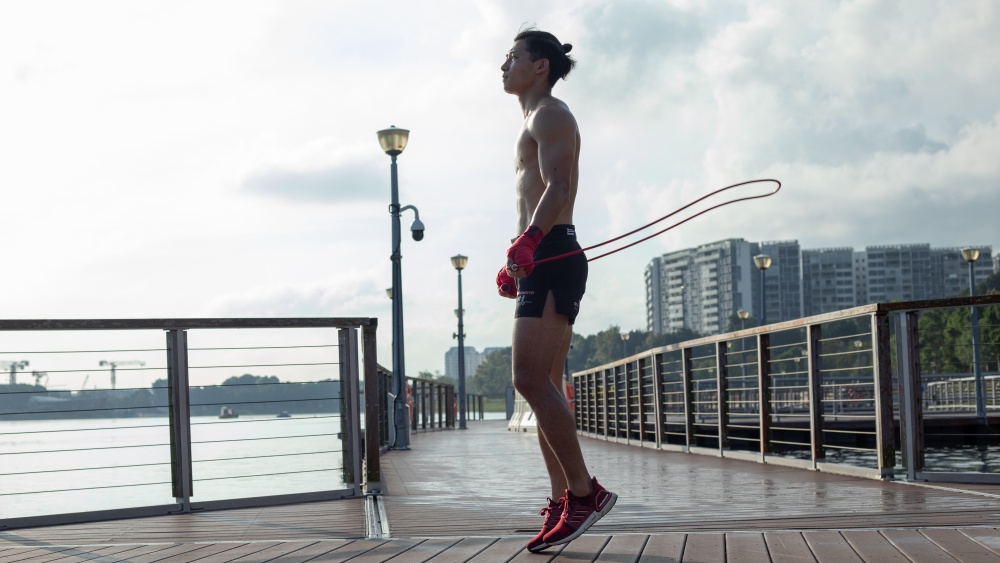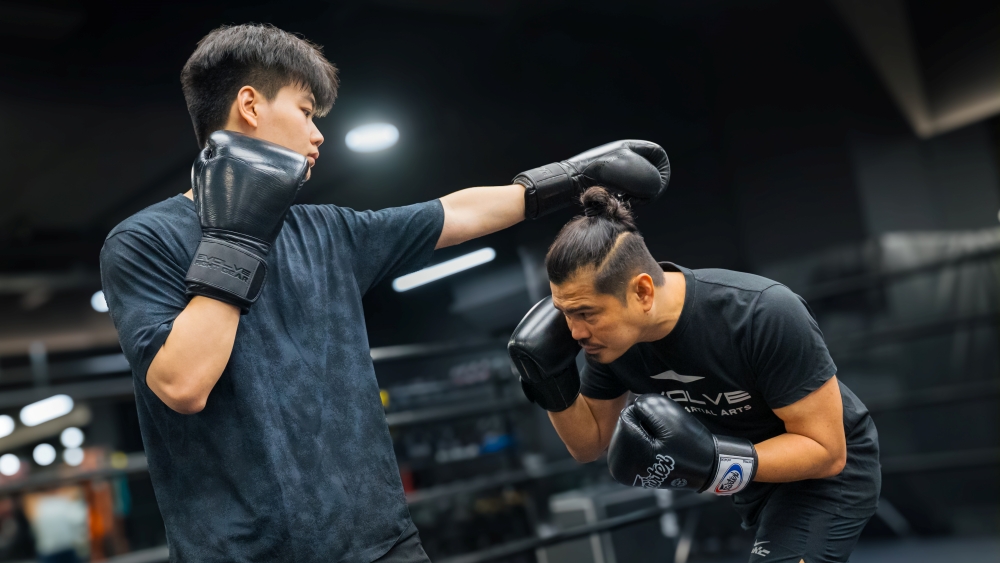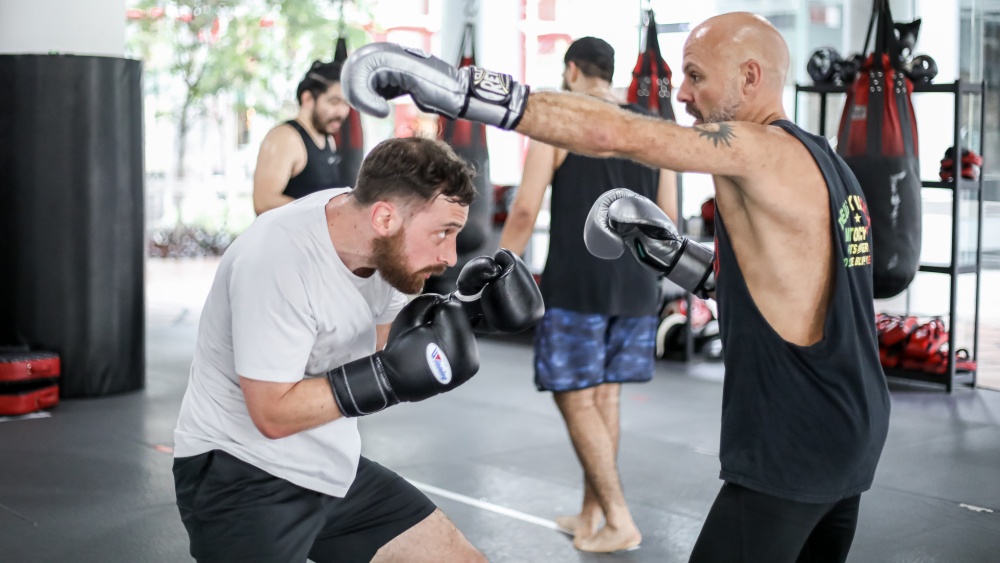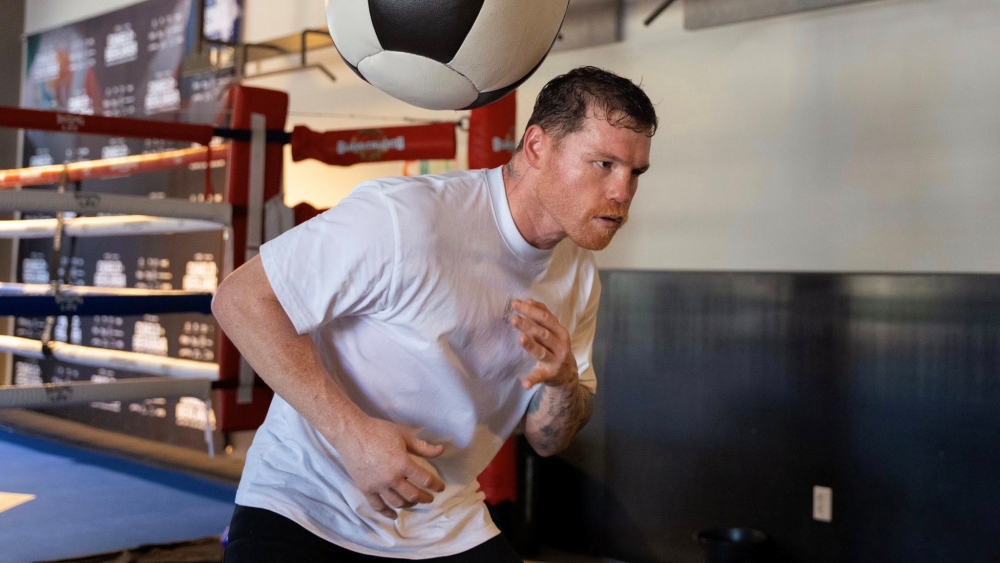When you’re just starting to learn how to box, the focus will be on throwing punches and combinations. That’s understandable. But once you become more well-versed in the art of pugilism, you’re going to want to take other aspects of boxing into consideration, such as footwork.
Footwork is one of the most important parts of boxing. It enhances both your offense and your defense and takes it to the next level. Most importantly, it helps you create clear avenues to launch your attacks where it’s difficult for your opponents to block or parry.
Angles of attack in boxing are next level. They help you find a home for your best power shots. However, angles don’t just come to you. You have to create and utilize them, and that is achieved through great footwork.
The best fighters are able to dance and glide across the ring with ease, confound their opponents with their movement, and create unique angles of attack that are difficult to defend against. If you’re looking to improve your footwork and gain the ability to create angles, this is a must-read.
Today, Evolve Daily shares five boxing footwork drills for creating angles.
1) Agility Ladder
Before you can start to learn how to create angles, you have to train your feet to move to your bidding. Improving your coordination is key, and one of the best footwork drills is the agility ladder.
The agility ladder is such a versatile piece of equipment in the boxing gym. There are so many variations of footwork exercises you can do with it. It will train your feet to move harmoniously together, and allow you to create movement in the ring that otherwise would be unnatural. Simply put, training on the agility ladder is the best way to enhance your boxing footwork.
The more you train on the agility ladder, the easier it will become to move around in a boxing stance. Movements are baked into muscle memory and shuffling your feet then becomes second nature to you.
Furthermore, the very movements you perform in agility ladder drills are directly utilized when creating angles.
2) Jump Rope
Another incredible tool to train footwork, which will also help you train rhythmic movement, is the jump rope. The jump rope is one of the oldest boxing tools in the book. It not only helps train your movement and the way you use your feet, it’s also a fantastic tool to improve your stamina and endurance.
Jumping rope teaches you how to move using your heels and toes, and the balls of your feet, which is essential when it comes to footwork in boxing. Being flat-footed in boxing is a huge disadvantage. You’re left open for attacks and unable to move out of the way of them. Jumping rope helps to fix all that.
It could be difficult to learn how to jump rope at first, but keep at it and you will slowly progress until you reach a level and you’re more comfortable.
3) Slip Cord Drills
The slip cord is another traditional training tool that fighters use to train footwork and movement.
Ideal for attaching between two ends, usually poles or the ring ropes at shoulder level, the slip cord is usually used to train head movement, bobbing and weaving, and slipping punches. But it’s also used to improve footwork and coordination.
The idea is to move along the slip cord, switching between the left and right side while throwing punches up and down the line. Mix it up by pivoting outward and inward, punching and throwing combinations toward the cord. In addition, the slip cord also improves the speed at which a boxer moves.
If you become skilled and proficient at moving along the slip cord, it will instantly translate into your performance inside the ring. You can then use your footwork to slip punches, avoid contact, and create angles that will help you win fights.
4) Focus Mitts Drills
Of course, although footwork is essential to your boxing game, it’s not enough to win fights. You have to combine footwork with offense in order to score points and do some damage. Combining footwork with your combinations is the same as creating angles of attack which are so important in this sport.
Moving while punching is crucial. Every move you make in the ring has to be accompanied by a punch or a combination of punches, whether you’re moving forward or backward, or side to side.
The best way to train this sort of movement is through focus mitts drills with a friend or a trainer/coach. The focus mitts allow you to practice your combinations while moving, pivoting, cutting off the ring, and the like.
It’s important to perform focus mitts drills with an experienced trainer, one that will allow you to perform your combinations but at the same time, pay attention to improving your movement and teaching you how to create angles.
5) Practice in Sparring
Last but not least, none of this means anything if you can’t apply what you’ve learned in real-world fighting situations. There’s no better way to train this than in sparring. Sparring is the ultimate training tool to help you utilize all that you’ve learned.
Before beginning sparring, communicate with your sparring partner what you aim to achieve in each session. Whether you’re working on offense or on defense, it’s important that your sparring partner knows what you want to work on.
The movement you’ve trained and learned in the gym can be tested out in sparring. In fact, it’s in sparring that you should put your skills to work before competing in any match.
Try your best to move off the centerline and enter and exit in angles. And don’t forget to keep punching as you move.
You may also like:

















